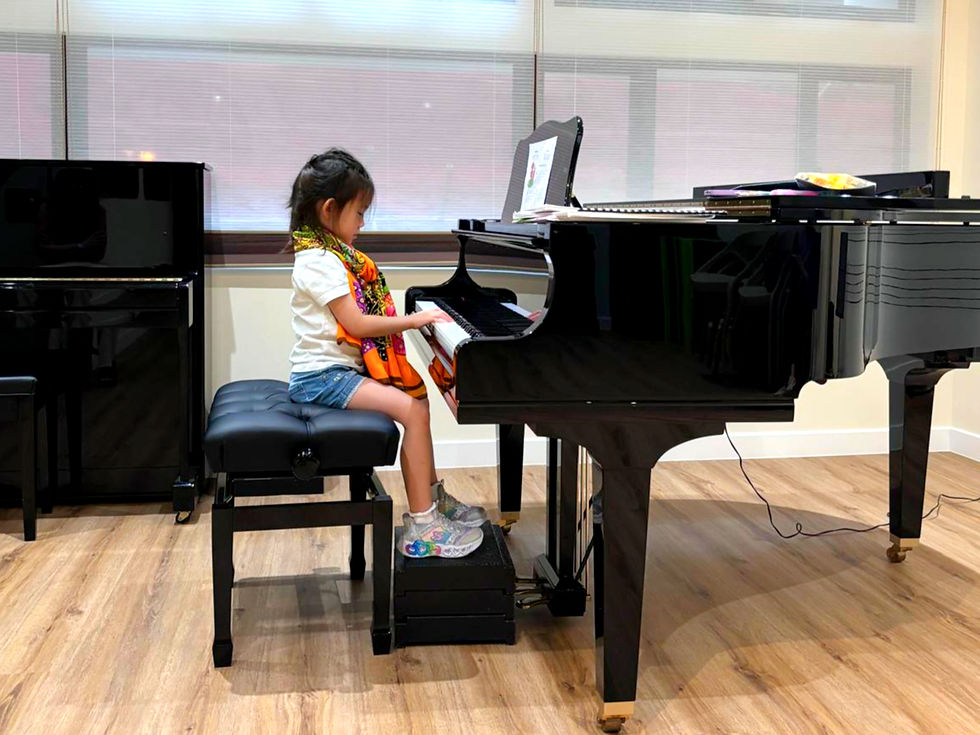Exploring the Benefits of Learning Piano with the Suzuki Method
- Student Service
- Jul 10, 2024
- 2 min read

As a parent, you've likely heard of the Suzuki Method, a revolutionary approach to teaching piano that has been transforming young musicians for decades. At its core, the Suzuki Method is built on the idea that children learn best through listening and imitation, just as they do with their native language.
The Power of Listening
In the Suzuki Method, listening is the foundation upon which all learning is built. From the very first lessons, your child will be introduced to beautiful music and asked to listen carefully to the sounds, rhythms, and melodies. This may seem simple, but it's a game-changer. By listening to music, your child is developing their ear and internalizing the musical concepts that will guide their future playing.
Imitation: The Key to Mastery
But listening alone isn't enough - your child also needs to imitate what they hear. This might mean mimicking the tone, dynamics, and phrasing of a piece, or even simply copying the way a song sounds. Imitation is an essential part of learning any skill, from language to sports to music. By imitating what they hear, your child is practicing and refining their skills in a way that feels natural and fun.

Why It Works
So why does this approach work so well for children? For one, it taps into their natural desire to mimic and learn from others. Children are born imitators, and by leveraging this instinct, we can accelerate their progress on the piano. Additionally, focusing on listening and imitation helps build confidence and creates a sense of connection to the music - essential for developing a lifelong love of music.

The Suzuki Method's emphasis on listening and imitation is a powerful way to help your child develop a lifelong love of music. By following these principles, you'll be setting them up for success - not just in piano lessons, but in all areas of life. .
Comments